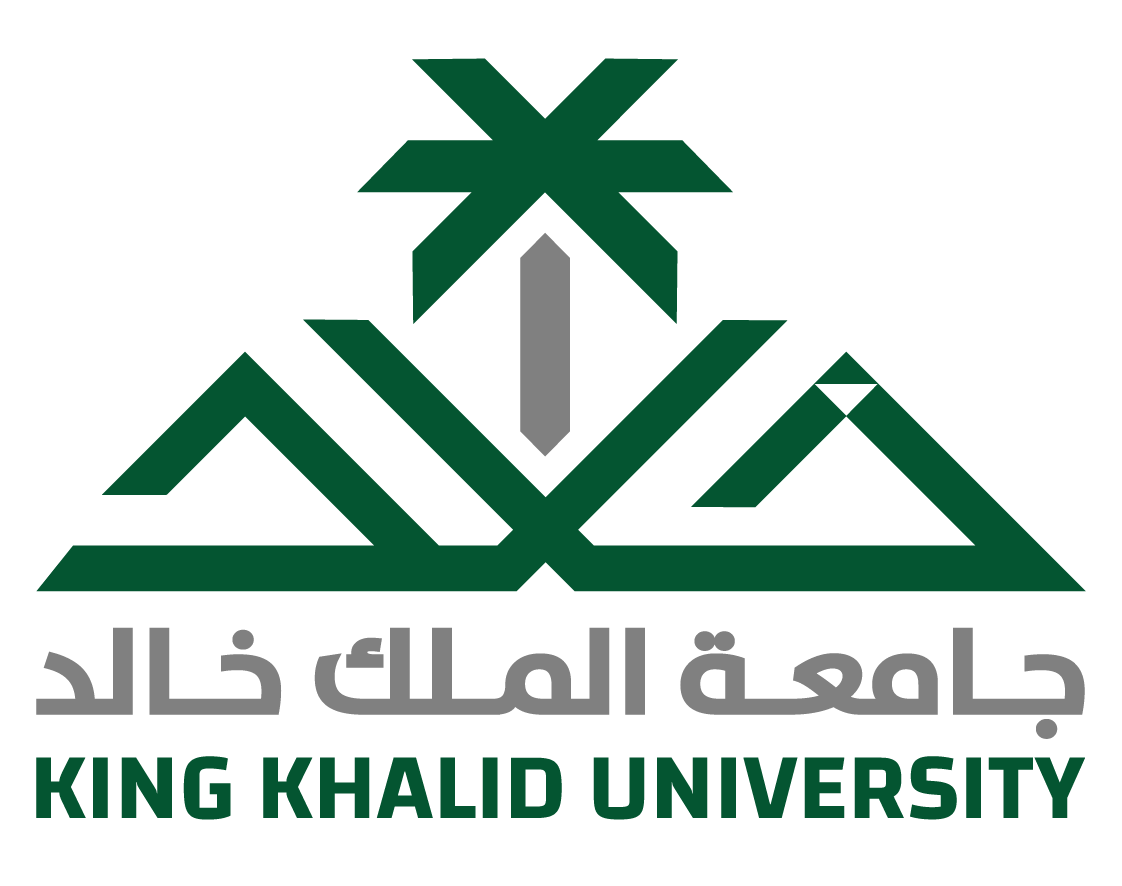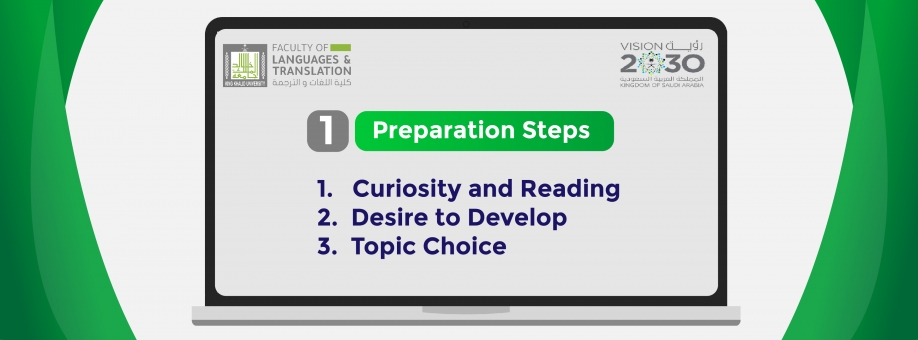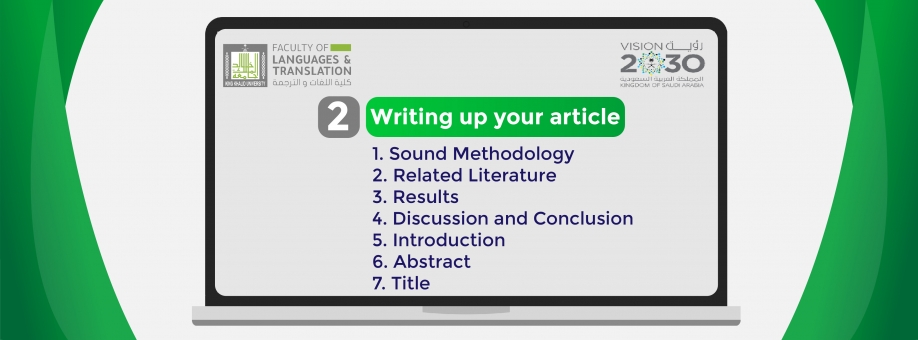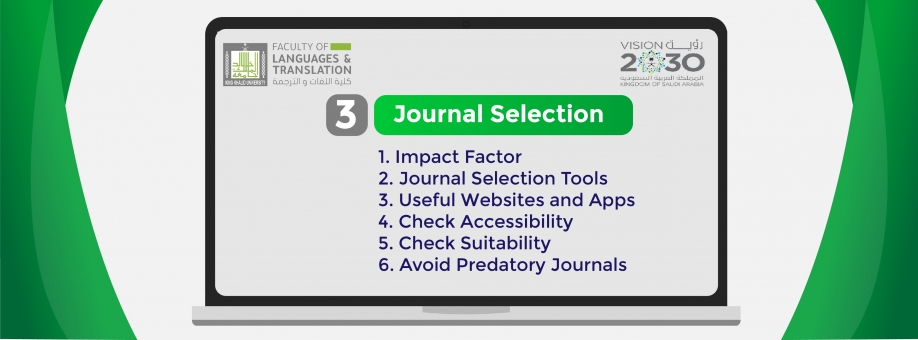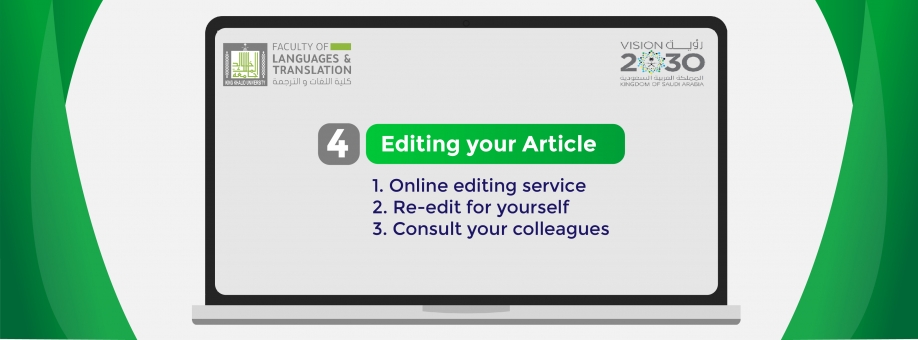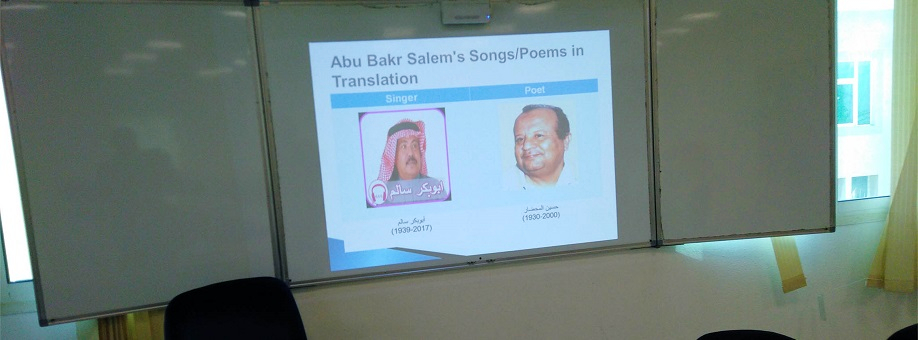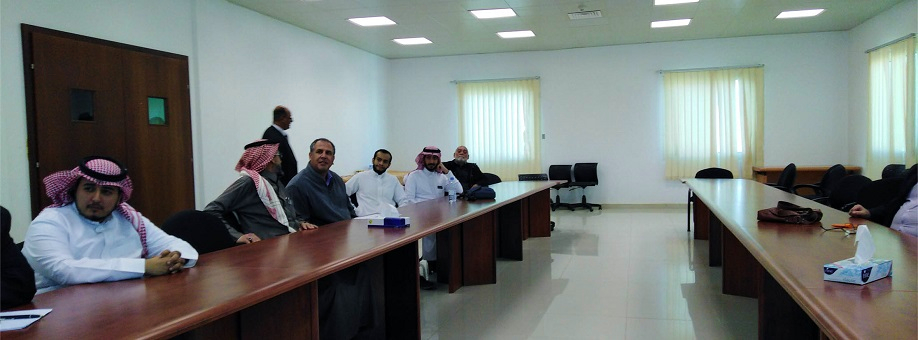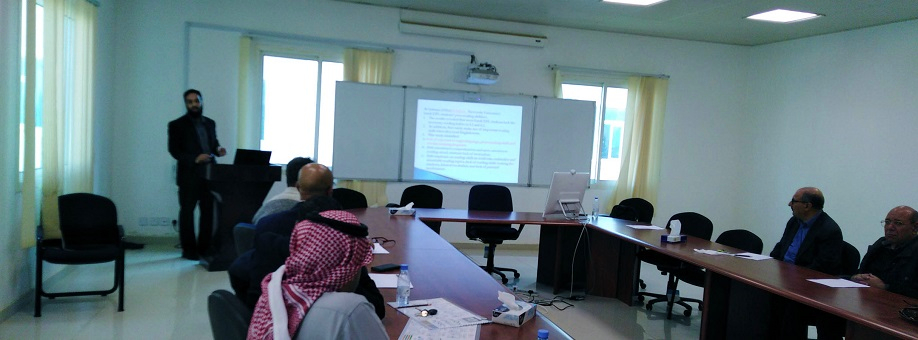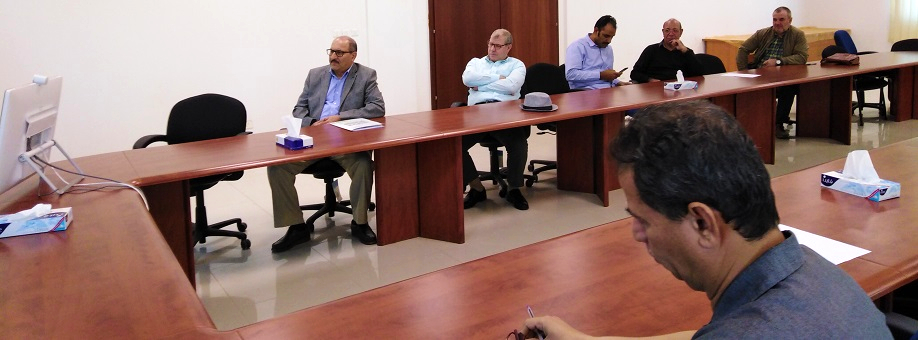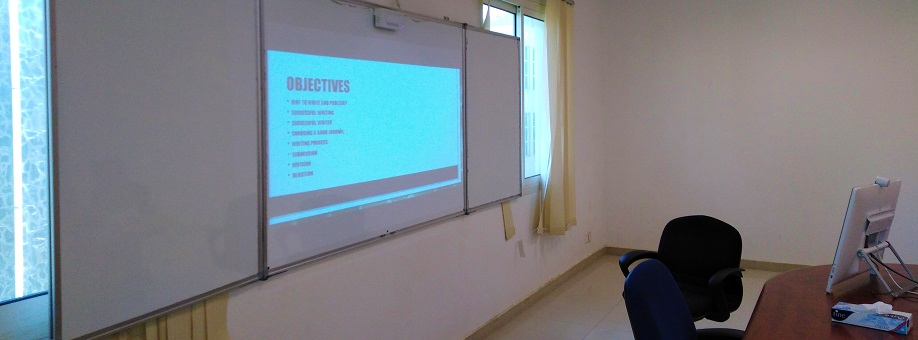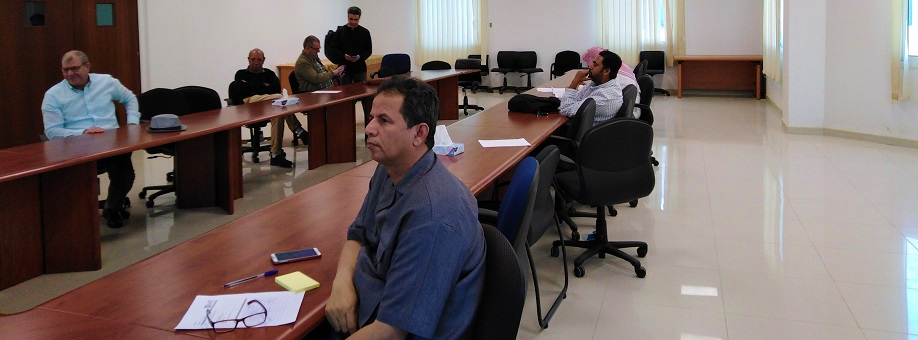Publishing in Peer-Reviewed Journals: Challenges and Solutions
The Women's Scientific Research Committee of the Bachelor of Arts in English program organized a seminar entitled "Publishing in Peer-Reviewed Journals: Challenges and Solutions" on Monday, February 3, 2020. The presentation, which was conducted by Dr. Mazeegha Al- Tale', focused on highlighting the significance of publishing in peer-reviewed journals, necessary steps, and techniques. At the beginning, Dr. Al-Tale' thanked the Scientific Research Committee for giving her the chance to give that presentation. She extended her thanks to the outstanding researchers Dr. Fakieh Alrabai and Dr. Munassair Al-Hamami for providing her with valuable information about international publishing.
"As faculty members, we strive to publish in peer-reviewed journals. After the hard work of thinking about appropriate topics, designing our studies, collecting the data and going through other steps of writing, we all are eager to see our works in good scientific journals", said Dr. Al- Tale’. Dr. Al- Tale' illustrated that there are five steps that researches have to follow in their journey towards publishing their work in authentic reliable journals. These are: reading towards topic selection, writing the research paper, selecting a journal, editing, and submission. She further explained in detail how each step could be accomplished perfectly towards publishing in peer-reviewed journals.
Dr. Al-Tale' also highlighted the importance of checking the impact factor of a journal before correspondence. Additionally, Dr. Al-Tale' provided a list of good publishing houses and explained the journal selection tools. She also visited some useful websites during the session in order to show the audience how to know if the target journal is listed in Scopus or not, to know whether a target journal is predatory or not, and to make sure that the International Standard Serial Number (ISSN) is a real one.
The seminar was attended by Dean's Assistant, Dr. Salma Alqahtani, Vice Dean, Dr. Mona Alshehri, teaching staff, and students. The seminar was very informative, engaging and such a great success.
Date: 2/4/2020
Source: Dr. Amal Metwally, Scientific Research Committee
